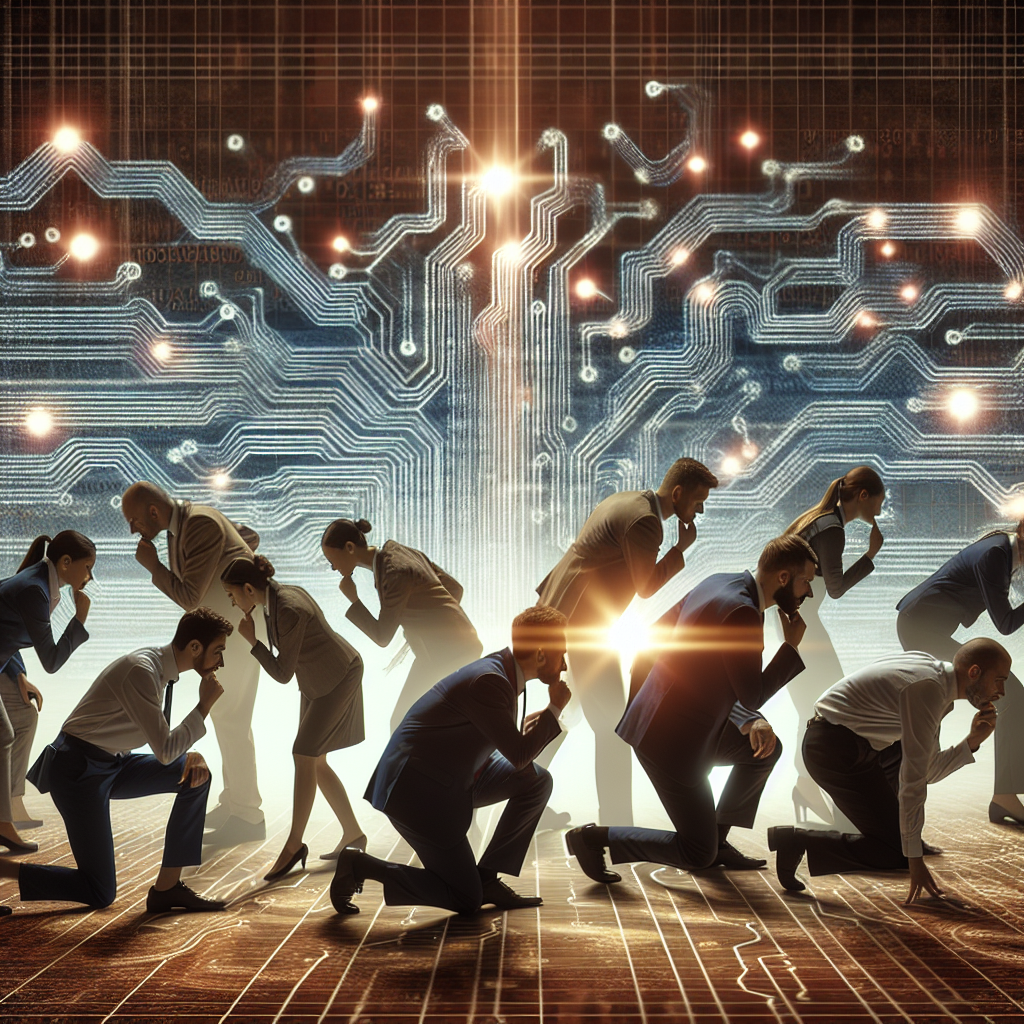The Codebreakers: Unravelling the Secrets of Cryptography
Cryptography, the art of creating and deciphering codes or ciphers, represents one of the most fascinating and mind-boggling areas of information technology. Mankind has utilized such methods of concealment to transmit sensitive information since ancient times, but cryptography took giant strides during the two World Wars when it played a vital role in the outcome of battles.
Codebreakers: Pioneers in Obscured Communications
In achieving the feat of breaking complex codes, many of our ancestors stand tall as codebreaking pioneers. One of the most eminent among them is Julius Caesar who created the Caesar Cipher, a rudimentary form of cryptography, as early as the first century BC. More modern pioneers include Alan Turing, a British mathematician who deciphered the German Enigma machine’s codes during World War II, giving the Allies a distinct advantage.
The Enigma’s Conundrum: An Unbreakable Code?
The Enigma Machine was a cryptographic device used by the German military during World War II to encode their messages. It was believed to be unbreakable due to its ability to generate billions of different combinations. However, Turing and his team at Bletchley Park unlocked the mechanism of the machine, proving that no code is truly unbreakable.
Unlocking the Enigma
The Enigma machine used rotors to change its cipher system daily. Alan Turing, who is now hailed as one of the founders of computer science, spearheaded the development of a machine known as the ‘Bombe.’ This marvel of engineering was capable of processing all the potential settings of the Enigma, drastically cutting down hours of manual codebreaking effort.
Modern Era Cryptography: A Perfect Algorithm?
Even with the advent of computers, cryptography remains a complex and enigmatic field. Modern cryptography is based on complex mathematical algorithms that are hard to crack without a specific ‘key.’ Drastic improvements in computing power led to more robust and intricate encryption techniques, pushing cryptography into the digital age and leading to the spawn of modern computer sciences.
RSA Encryption: Digital Safety Net
One of the most widely used cryptographic systems in the digital era is the RSA, named after its creators, Ron Rivest, Adi Shamir, and Leonard Adleman. It’s an asymmetric cryptographic algorithm that allows for secure data transmission, powering many modern secure communication channel, including Secure Sockets Layer (SSL) and Transport Layer Security (TLS).
Quantum Cryptography: The Future?
In the arms race of cryptography and cryptanalysis, perhaps Quantum Cryptography represents the future. Quantum mechanics principles are used here to develop an almost unbreakable cryptographic system. In theory, any attempt to eavesdrop would result in a change in the quantum state of the system, alerting the involved parties. It represents the cutting-edge solution to the growing concerns about the security of online information in an increasingly connected world.
From Codebook to Quantum Computers: A Paradigm Shift in Cryptography
The evolution from basic Ciphers in Caesar’s era to the impossible codes of Quantum Cryptography underlines the progress in this field. Codebreakers have played a key role in pushing the boundaries and uncovering the mysteries of cryptography over centuries.
The Unending Chase: Code Makers and Code Breakers
Cryptography reflects an unending chase between code makers and code breakers. Every time cryptographers develop a more advanced encryption system, codebreakers rise to the challenge, and the cycle perpetuates. This ongoing cat and mouse game continues to evolve, providing the backbone for security in the digital world where privacy and safeguarding sensitive information is of utmost importance.
In the End, Who Wins: Cryptographers or Codebreakers?
Who wins in the end is a matter of perspective, but without a doubt, the progress and discoveries by the codebreakers continue to spark developments in cryptography, leading us to a more secure future. It’s a fascinating journey with implications that extend to almost every aspect of our modern, digitally connected lives.
